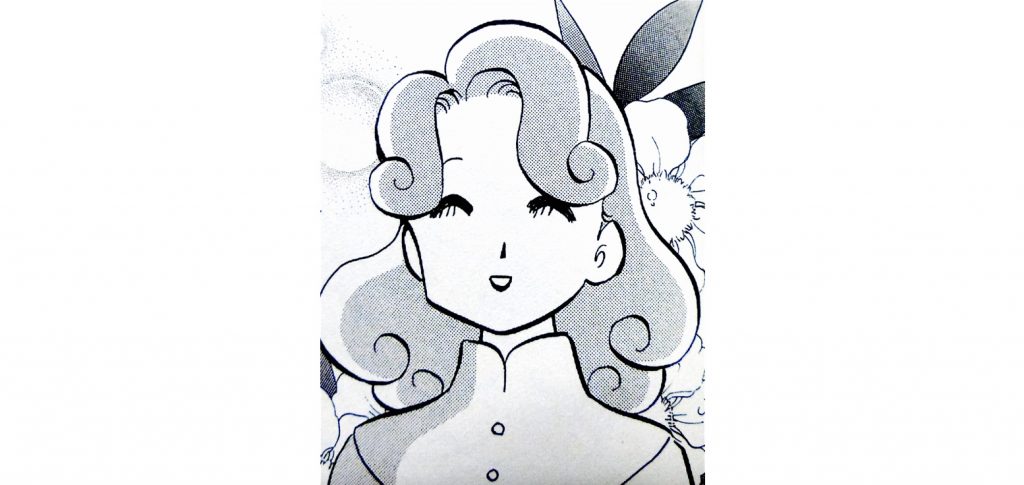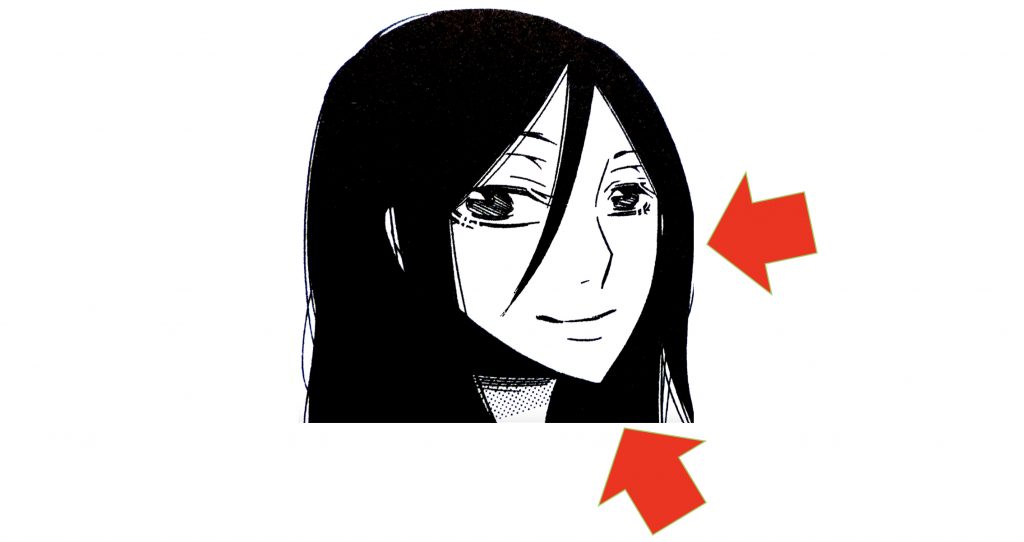
I’m headed for Massachusetts to eat and drink and talk queer manga at Harvard tomorrow, heavy-hearted with the fresh loss of my dear friend Bruce. I’d like you all to read this and lift a glass of something tasty to his memory. Here is the final Guest Review by Bruce P.
So you bought a copy of Practical Problems in the Forbidden Art of Reanimation, only to find it has nothing to do with Sailor Moon Crystal – but you’re having fun with it anyway, following the step-by-step instructions. Your hand-stitched project is now lying shackled and inert on the slab; electrodes have been implanted; dynamos are screaming in anticipation; lightning is crackling in the midnight sky outside – when you reach step 37 and realize, shoot, you forgot to pick up a brain. Well, no biggie. You pack a light snack and head down to the local morgue.
It’s dark as you creep in, hacksaw in hand, and begin opening the frosty vaults. You work at peeling back the rubber sheets – they tend to stick – and look over the corpses, trying to identify just the right kind of brain to harvest for use in…Maxine. But can you really gauge the quality of what’s inside those craniums from their frozen faces alone? Fortunately, you’ve broken into the Yuri wing, and your years as a fan are your guide…

Vault #1. 1940’s hairstyle done up in Play-Doh. Obviously a blithe Takemoto Izumi character. Too whimsical. Next.

#2. That aquiline nose and cold-chisel chin – clearly from the Takamiya Jin family. Bitter chocolate, when you’re looking for Milk Duds. Next.

#3. Eyes like pitted olives in search of a Martini. Must be a Morishima Akiko character. Too Perky.

#4. A double, how romantic. But cauliflower ears from the boxing rings of Hell – Oku Hiroya’s spawn of course (remember Hen?). These two have been on ice a while. Too pendulous (oh, you do remember Hen).
You are about to despair, when the final vault reveals a truly gruesome sight:

#5. Mouth gaping like a dirigible hangar – the unmistakable trademark of an Oku Tamamushi character. Overwrought, and potentially clinically insane. But on the plus side, this brain fits in a sandwich bag.
Excellent.
The preceding bit of seasonal froth highlights a curious fact: Oku Tamamushi has clearly made wide gaping mouths his personal artistic trademark. His work is instantly identifiable. This clever branding was a true flash of inspiration, the kind of thing you just don’t pick up in art school (not if it’s accredited). And he really gets to practice his yawning orifices in the 4-koma series Akarui Kiokusoushitsu, Volume 1 aka Cheerful Amnesia, (明るい記憶喪失). The title is honest and accurate. The cover character is in fact a violently cheerful Yuri amnesiac, and that is pretty much all there is to the story. It’s a long a haul to the end of the volume.
Arisa and Mari have been living together for some years. But as the story begins Arisa is lying comatose in the hospital, suffering from a severe case of plot device. When she awakens, she has no memory of Mari or their life together. Mouth wide open she wonders who this lovely, unfamiliar, unsmiling woman is sitting by the bed. When Mari informs her she’s her lover, Arisa’s little brain short-circuits. She blushes, shrieks, squirms, squees, wriggles, and generally provides evidence as to why Mari never once smiles through the rest of the Manga. What Arisa doesn’t do is close her mouth. Not now, not when they head home, not when she sees their big fluffy bed. Not much of ever, actually. Oku Tamamushi has a brand, and Arisa is intent on getting that contract for Volume 2.
From this point on Arisa has to get reacquainted with the intimacies that go with living as a couple. She doesn’t manage it well. She actually doesn’t manage it at all. She’s just so embarrassed and excited and squirmy to know that her lover is this lovely, unfamiliar, unsmiling woman (wait, wasn’t that page 1? Yes, and many, many pages beyond). It’s heavy going for Mari as they work their way from holding hands to soapy bath-times to the frilly underwear. It’s heavy going for us all.
There’s one bright spot in all this. Mari heads out of the house for work in a sharp suit; Arisa follows her to find what office she works in. She is shocked to discover that Mari is in fact a welder. All she can do is stand with (guesses?) her mouth open. But really, there are far too few Yuri stories that feature skilled metalworkers, just my opinion. Obviously, even fewer good ones.
Arisa blunderingly (she really is a pill) outs Mari to her fellow workers. But the old guy in the shop is cool with it, to Mari’s relief, and the creepy young guy is just sad because he had a crush on her.
The essential Arisa is revealed in a flashback of how the two met. Mari is working the counter in a fast food place. Schoolgirl Arisa takes one look and is rooted to the spot in an agony of open-mouthed love. She returns to stare again day after day. Then one time Mari is not there, and Arisa, bewildered, simply sits faithfully waiting, pining away, hour after hour, heedless that the trains have stopped running. Mari shows up late and lugs the poor passed-out thing home. So, there it is, she’s Hachiko. If she was fuzzy it might be cute.
Four-komas are essentially newspaper comic strips, which are of course meant to be read on a one-strip-a-day basis. The majority of 4-komas are best approached in this fashion. This one would benefit from much greater intervals.
Ratings:
Art – 5. Fairly routine 4-koma material.
Story – 4. Without the amnesia, this could be a low-budget parody of Minamoto Hisanari’s Fu-Fu – the two women living together in each are even similar ‘types’: the free-spirited flake passionately in love with her taller, serious partner. But it does have the amnesia. And so much less.
Characters – 5. A welder and an Akita. Unique, possibly, for a Yuri series, but not entirely healthy.
Yuri – 9. A 10 would be %100 good Yuri. This is just %100 Yuri.
Service – 8. Less in what is actually depicted, than in servicey situations, such as Mari arriving home with injured hands, requiring Arisa to wash her in the tub (blush, squee, squirm).
Overall – 5. This actually got a bump up to 5, less on merit, really, than as an encouragement for more Yuri stories with professional metalworkers. Or electricians. That just came to mind. Must be these screaming dynamos.
And if you think disinterred body parts electrified to walk the night are grotesque, consider that Akarui Kiokusoushitsu Volume 2 is now out.
![]() It’s all coming to a climax in Torikaebaya, Volume 12 (とりかえ・ばや).
It’s all coming to a climax in Torikaebaya, Volume 12 (とりかえ・ばや).

